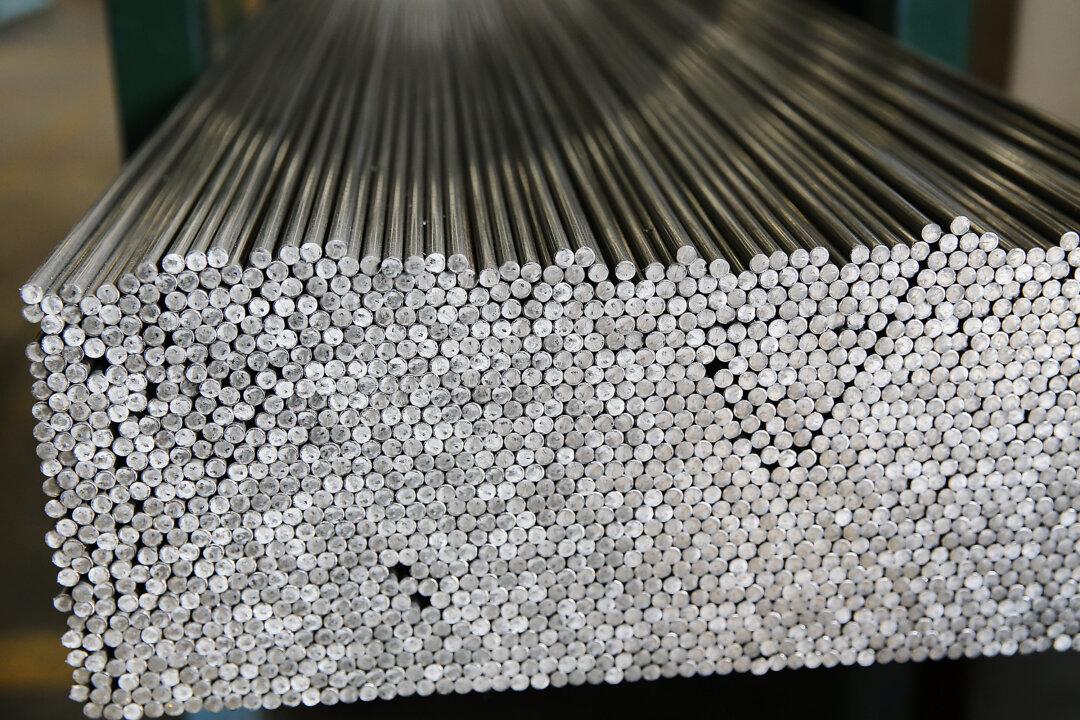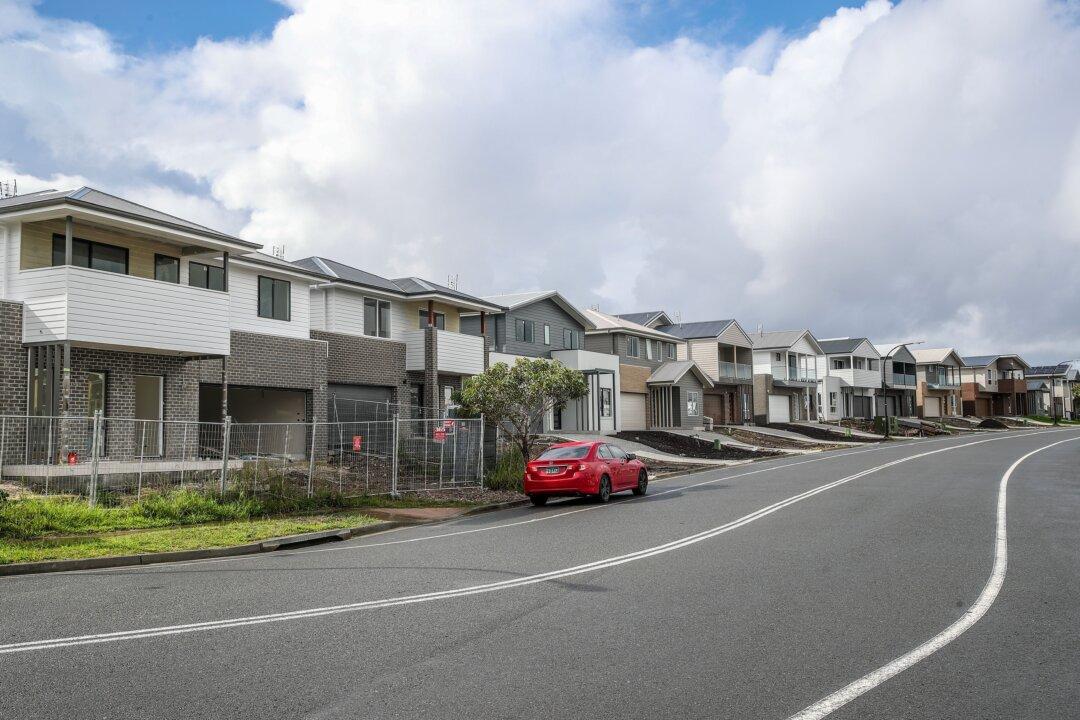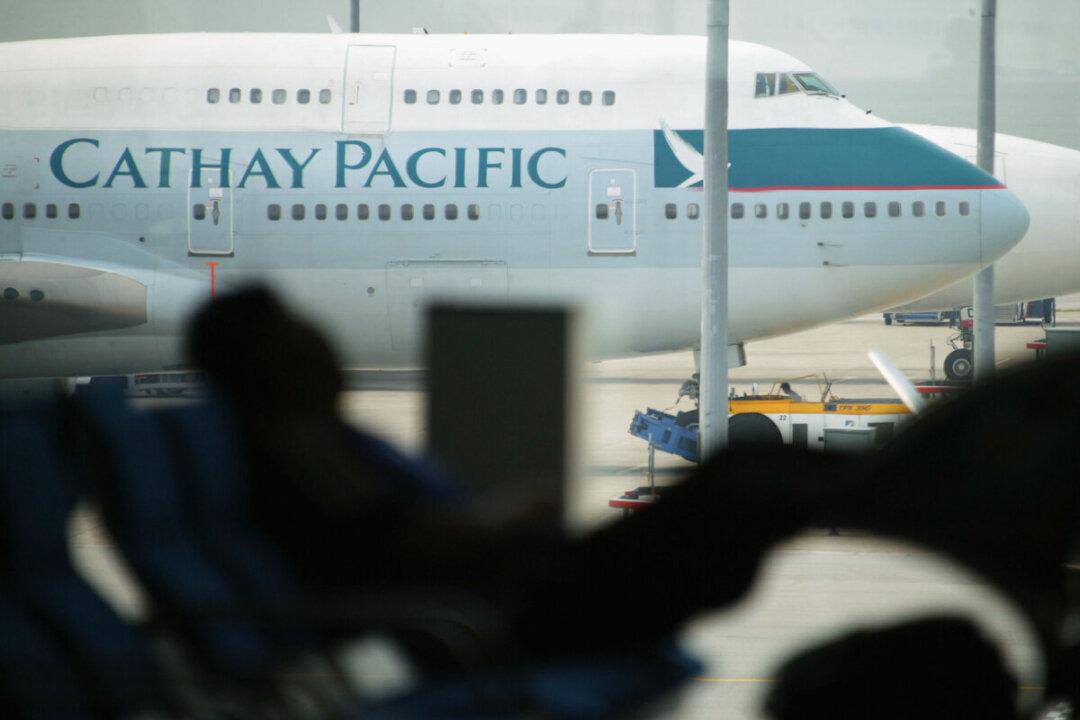Long-term reliance on gas for iron and steel production in South Australia presents significant financial and supply-related risks, the Institute for Energy Economics and Financial Analysis (IEEFA) said, urging the state to capitalise on the growing potential of green hydrogen.
Under its Green Iron and Steel Strategy, the South Australian government initially set an ambitious target for the Whyalla steelworks: a shift towards green steel production and green iron exports from a new direct reduced iron (DRI) plant.
DRI plants produce iron without a traditional blast furnace. Instead, it removes oxygen from iron ore, typically by using natural gas or hydrogen.
The plan was for both facilities to transition rapidly to green hydrogen. However, reality has hit hard as the cost of green hydrogen production is not falling as quickly as anticipated.
With the state government now scrapping its green hydrogen plant plans and shutting down the Office of Hydrogen Power, it’s becoming clear that any new DRI facilities will likely rely on gas for a longer period than previously expected.
“South Australia has world-leading green iron and steel potential. Green hydrogen remains expensive for now, but it is becoming clearer we will need less of it in the future, with applications in a narrower group of sectors—one of which is iron and steel,” said Simon Nicholas, lead analyst for global steel at IEEFA.
“The bursting of the global hydrogen bubble leaves an opportunity now to refocus green hydrogen plans on domestic use. However, Australia faces growing competition from overseas, leaving iron ore, the country’s biggest export, exposed.”In Sweden, Stegra, an industrial decarbonisation company, plans to start large-scale production of fully green iron and steel next year using green hydrogen-based DRI technology.




